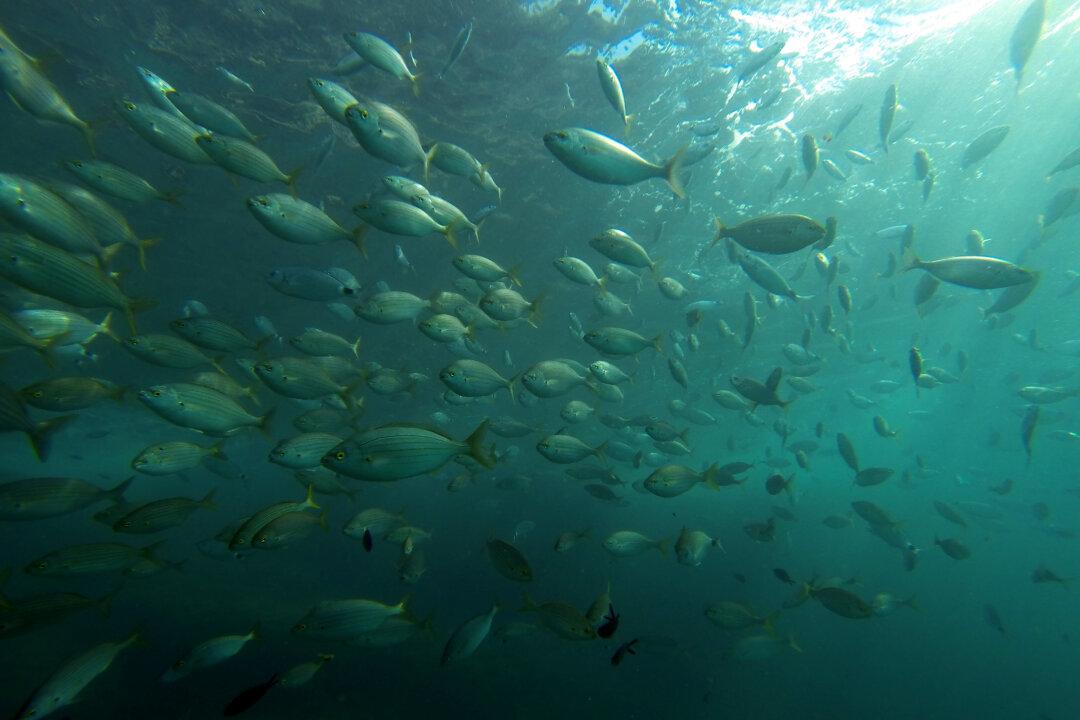After announcing that some eel-based products imported from mainland China contain malachite green, the Hong Kong Health Department has released further test results showing that eight types of freshwater fish imported from China also contain malachite green, including grass carp, mandarin carp, milk fish, snakehead fish and California perch, while those fish of these types collected in Hong Kong were free from this carcinogenic compound. On August 22, the South Korean government has halted the sale of all freshwater fish imported from China. The government is testing batches at random. If malachite green is discovered in any type of freshwater fish, all fish of that type will be returned to China.
Hong Kong’s Food & Environmental Hygiene Department confirmed that 11 out of 14 kinds of eel-based products from eight grocery stores were containing malachite green, and all of these products came from China. The Department immediately confiscated and destroyed the 11 products. On August 20, Hong Kong’s media prominently featured the news that 80 percent of eel products contained malachite green, and severely criticized the hygiene measures taken by the Hong Kong government.





